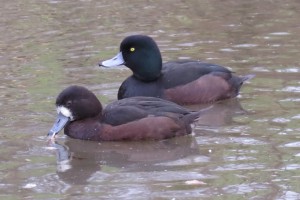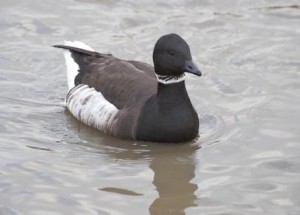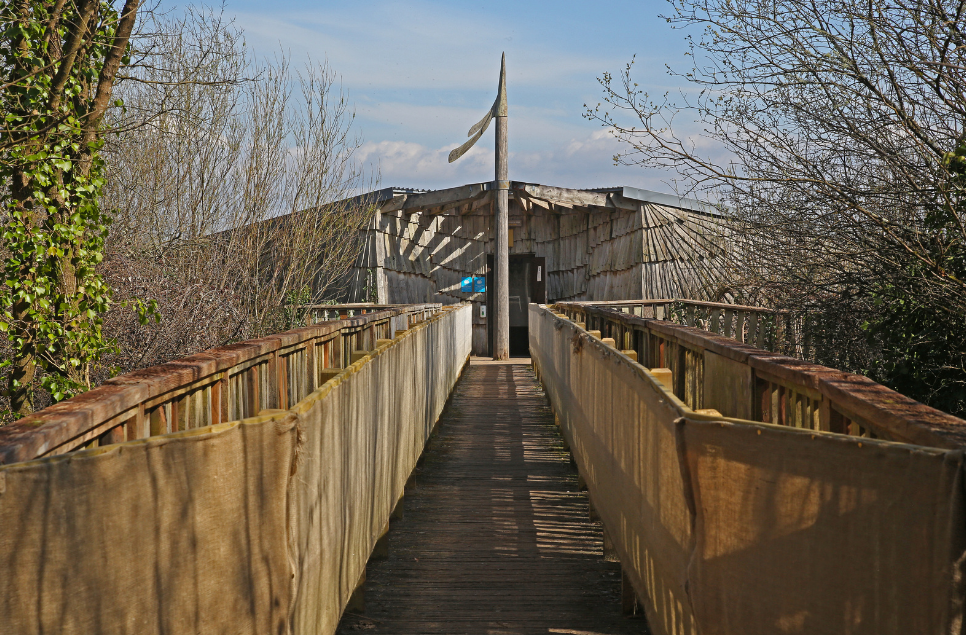New birds in the collection at WWT Llanelli
WWT Llanelli Wetland Centre has welcomed two new species of birds into our breeding collection – three pairs of black brants (a type of brent goose) and three pairs of New Zealand scaup. The birds are settling in well into their new environment. The scaup can be seen in the island pen, and the brent geese in the tundra pen.
New Zealand scaup are diving ducks, widely distributed on large, deep lakes in New Zealand. In the past, New Zealand scaup have experienced population declines, but recent conservation measures, including the creation of suitable wetland habitat, have contributed to their recovery. There are now around 10,000 of these birds in the wild, and their numbers are increasing. The male has a striking yellow iris, and the female has a white patch of feathers at the base of the bill.
There are three subspecies of brent geese, the light-bellied, dark-bellied and black forms. Light-bellied brent geese visit WWT Castle Espie in Northern Ireland every winter, then return to their breeding grounds in the Canadian Arctic – a total journey of 2900 miles. WWT has used satellite tracking to establish the migration route of this subspecies and their resting and refuelling stops along the way. We have also been weighing them to ensure they carry enough fat to cope with unexpected problems. With climate change, sea surface temperatures are rising and pushing weather fronts up north, which can mean there is still snow on the ground when the brent geese arrive at their breeding grounds, so there is little for them to feed on and breeding is delayed. Our research also helps to inform the positioning of offshore wind farms.
In some areas, brent geese will only breed near to snowy owls, which scare away foxes that might take their chicks.



